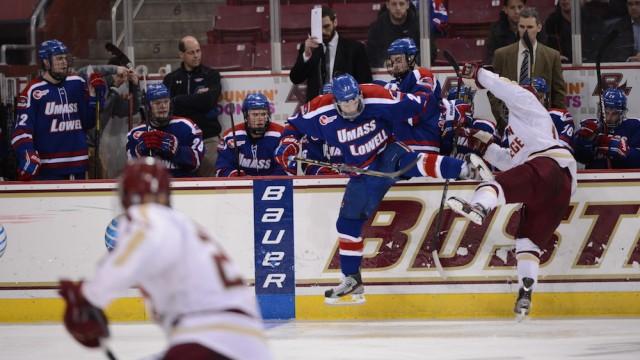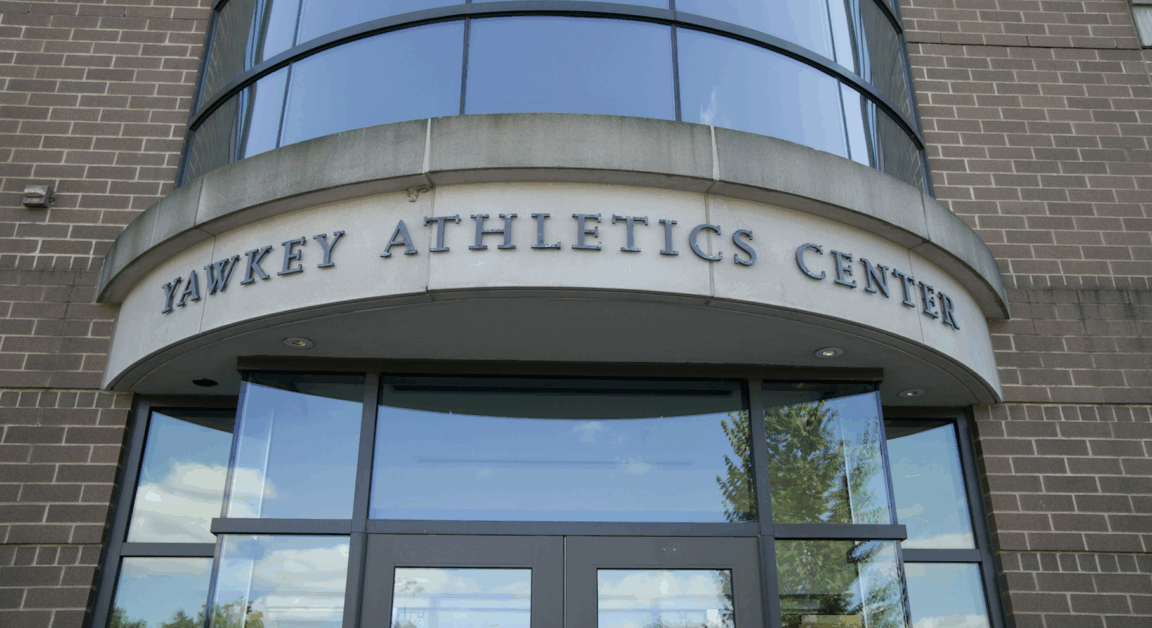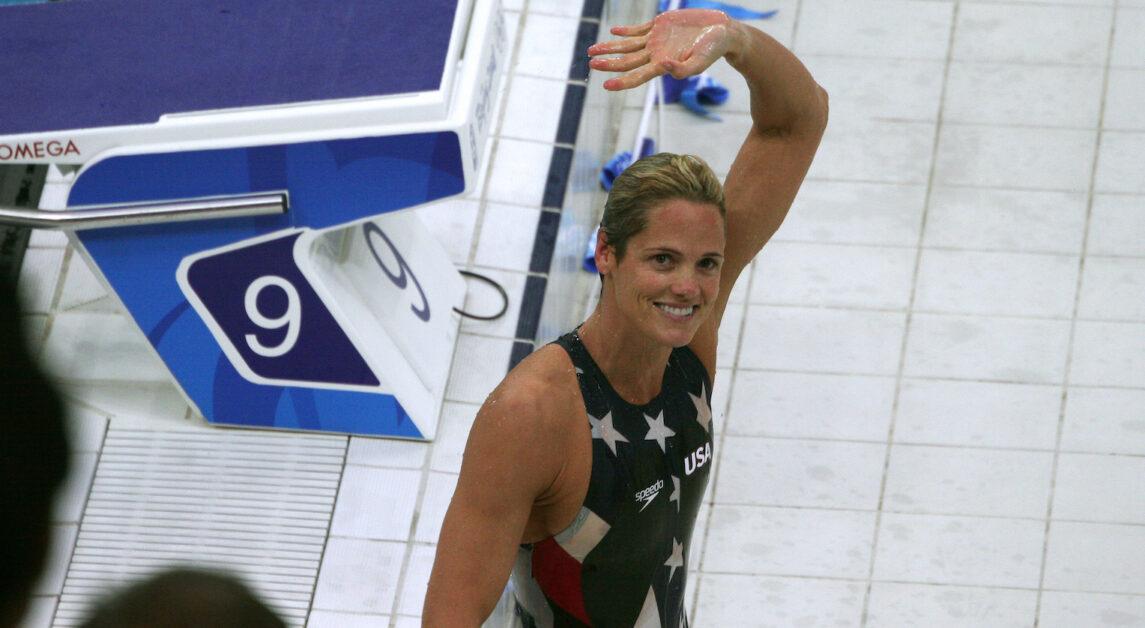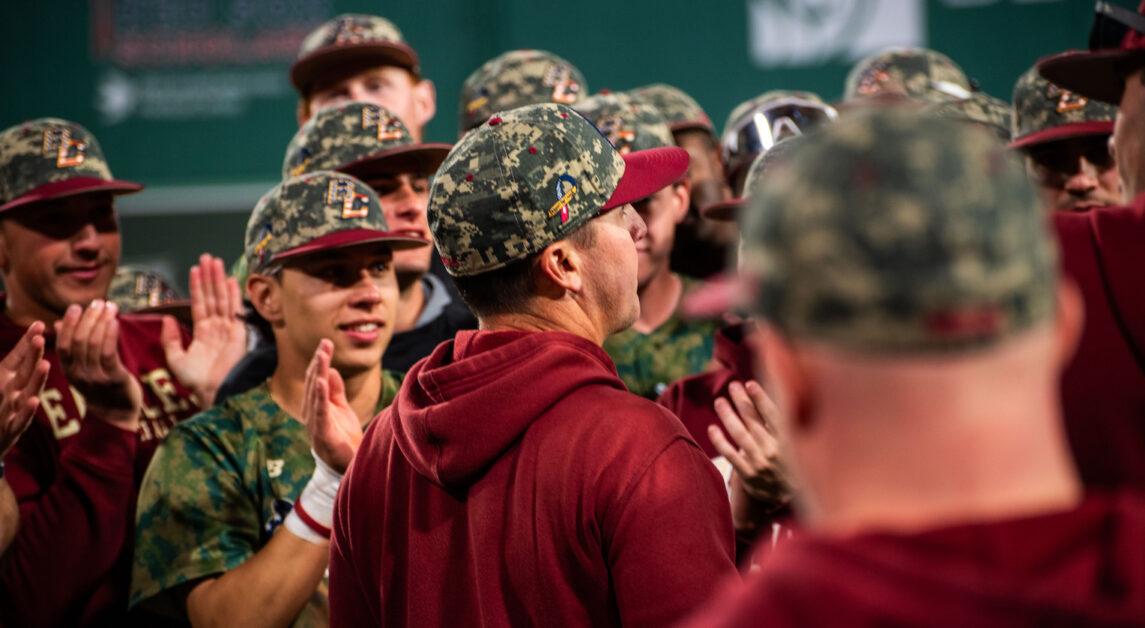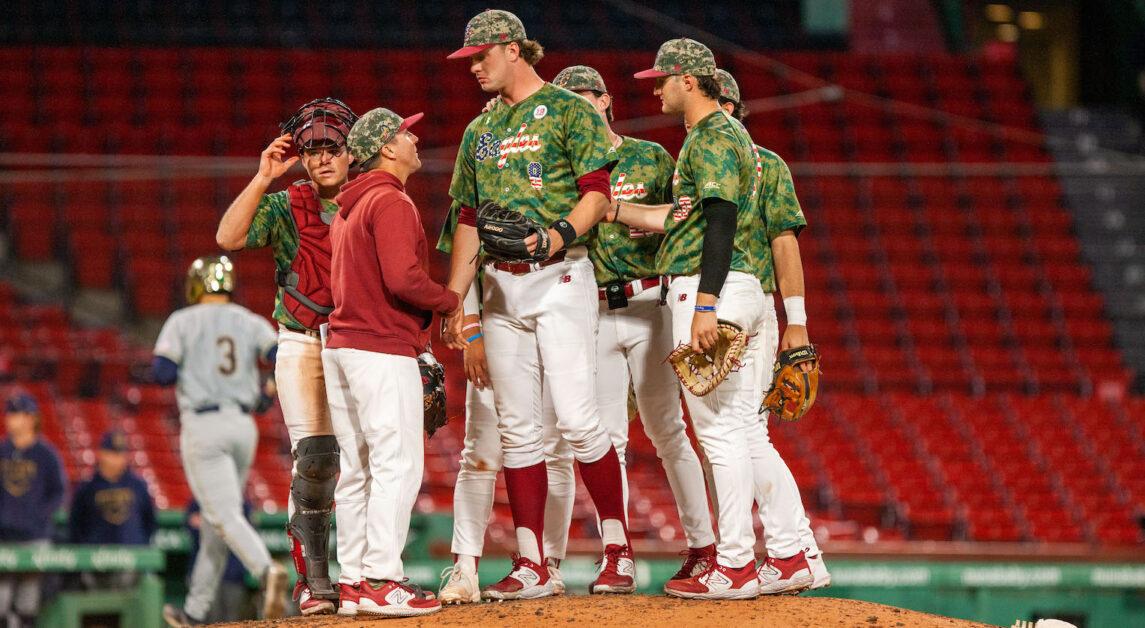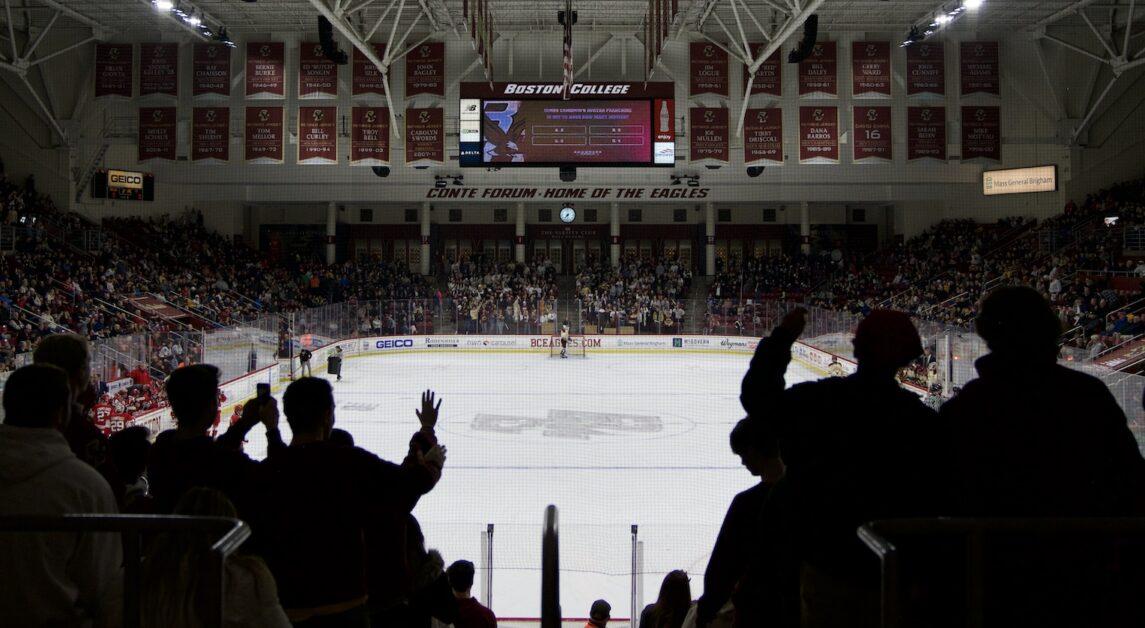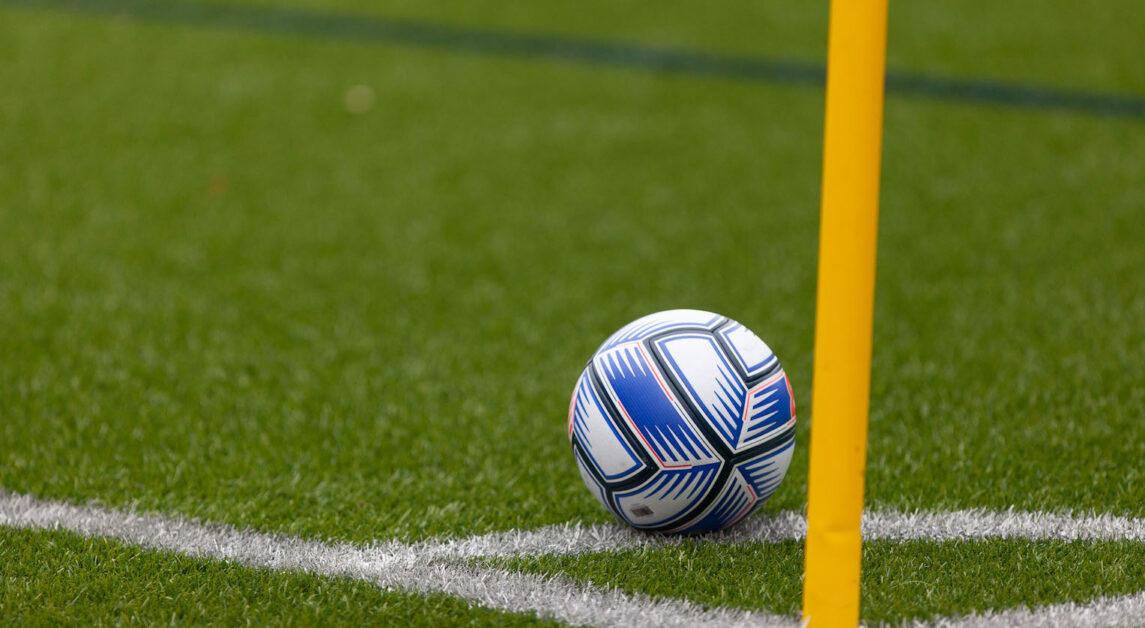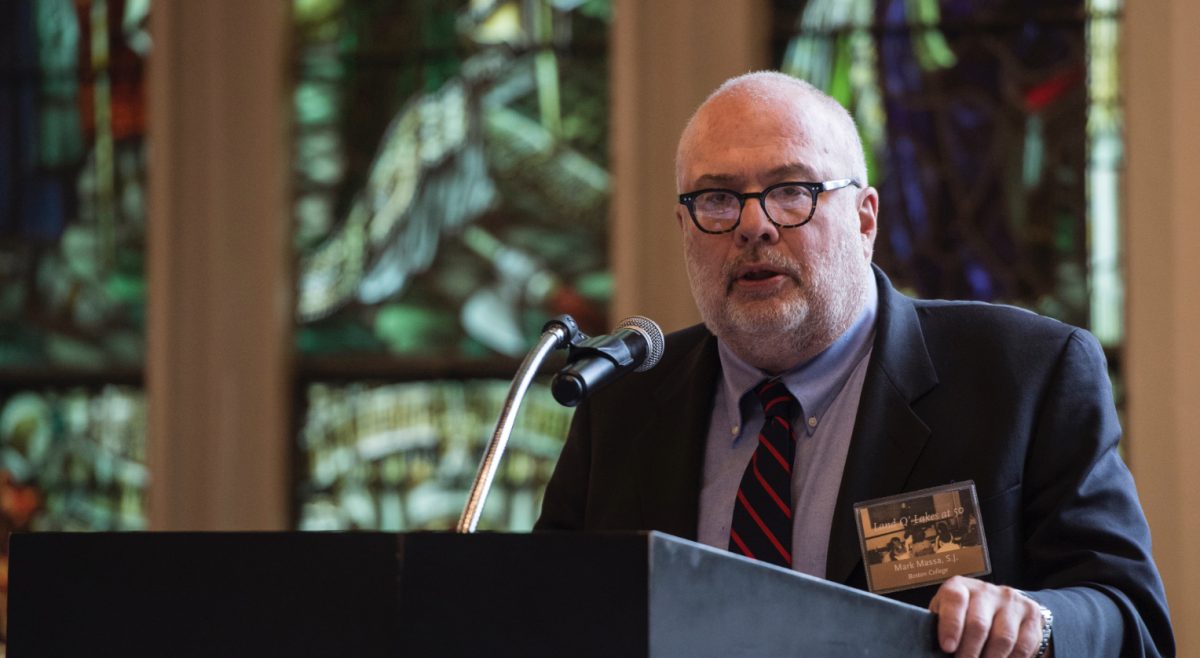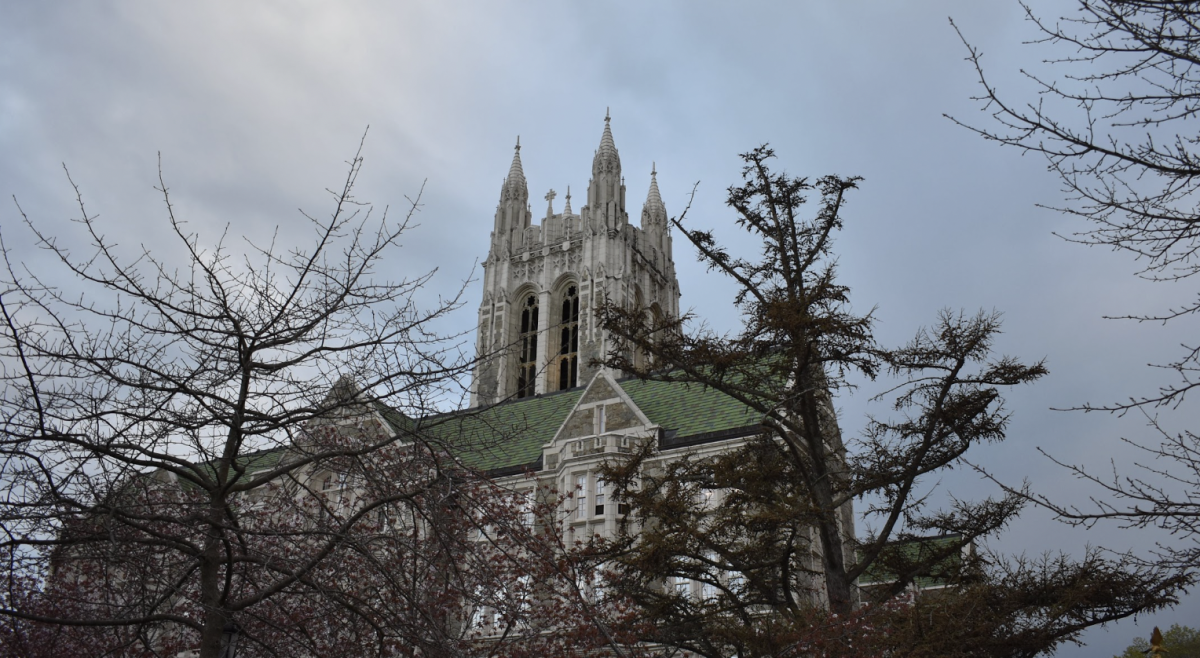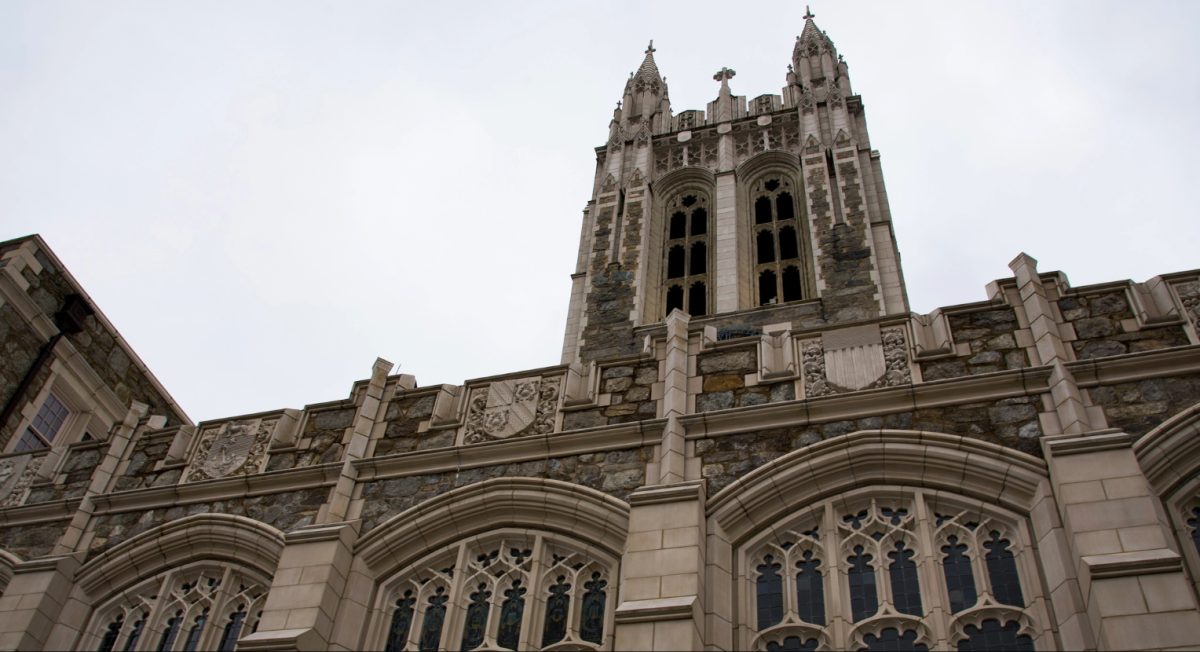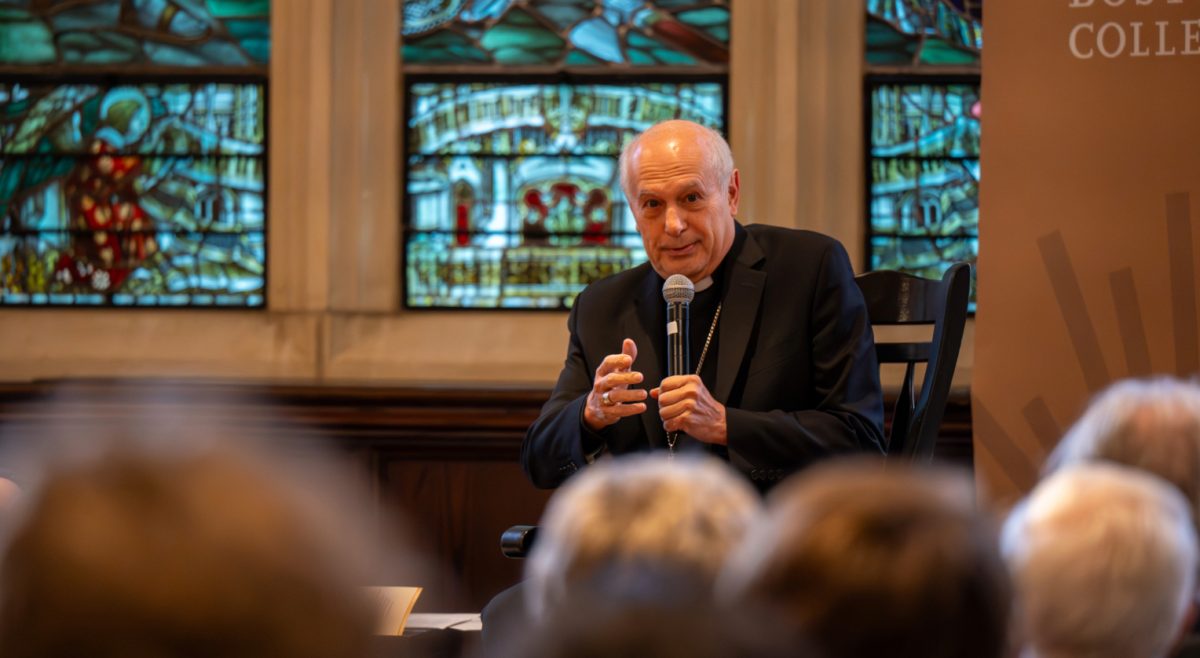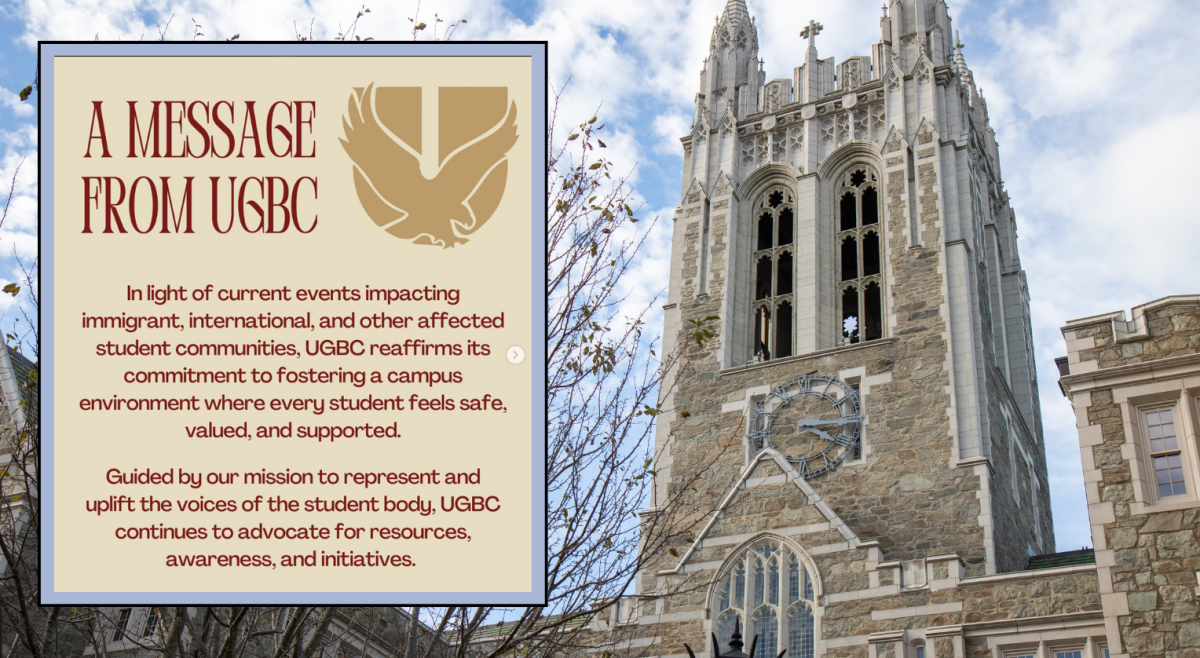Brad Bates turned his head to look out onto an empty Alumni Stadium. He grew quiet for a second, sitting in a small black chair on one side of his Conte Forum office. He was trying to think of an example, but the right one wouldn’t come to him.
“Well, what would be a more realistic example?” he said, shrugging off one farfetched idea.
The Boston College athletic director had just created a hypothetical scenario in which the Los Angeles city council decides it is going to give some sort of extra benefit to the college athletes in its city. Bates chose not to pick something specific, but he pressed on with the issue.
“That would fly in the face of what NCAA policies are, so how is that conflict resolved?” he asked. “That’s what I think the difficulty is in not using the governing body—in this case the NCAA—to really vet through what is best for the student-athletes. I think you’ve got too much potential diversity that could have conflicts.”
This is more than just a hypothetical. When Boston Mayor Martin J. Walsh, WCAS ’09, returns from a trip abroad, he’ll have an ordinance waiting for him that, if signed, would directly interject local government into the BC athletic department and every other athletic department in the city.
The ordinance is a College Athlete Head Injury Gameday Safety Protocol. District 8 City Councilor Josh Zakim originally filed it in May, along with a separate College Athlete Bill of Rights, which is still in draft form while the colleges and the city government work out its feasibility.
There are two components of the head injury protocol’s final version, which was ordained by the City Council of Boston two weeks ago. The first part states that every athletic program must have an Emergency Medical Action Plan, and that if an athlete competing in an NCAA-sanctioned event inside the City of Boston becomes unconscious, suffers a concussion diagnosed by a medical professional, or is suspected to have a concussion, then he or she cannot participate again until a licensed physician gives approval. The second part implements additional requirements for more violent sports with higher incidences of head trauma—football, men’s lacrosse, and men’s and women’s ice hockey—stating that a neurotrauma consultant must be on-site at every game.
“It’s something that Boston’s in a unique position to address as a hub of higher education, a place where we have the medical and scientific resources here, some of the best hospitals and research centers in the world,” Zakim said in a phone interview last week. “I thought we would be in a position to set the standard here and make sure that we are protecting all college athletes who participate in sports in Boston.”
If passed by Walsh, the first part of the ordinance would go into effect immediately, while the neurotrauma consultant stipulation would not be required until July 1, 2015.
The bill states that it is the responsibility of the host school to provide the consultant, and that he or she will have full access to the benches and sidelines of both teams. The consultant’s job is to identify concussion symptoms and observe examinations of the head, neck, and spine. The bill clearly states that, although the consultant should work with the team’s medical staff, final decisions lie with the medical staff of the athlete’s own school. This is intended to keep things fair for visitors, so that, for instance, a local neurotrauma consultant can’t rule out a visiting team’s starting quarterback if his school says he’s been cleared.
“I don’t think that’s necessarily going to happen,” Zakim said. “But there’s potential conflict there, so we wanted to make sure that the recommendation be heard, be on record … and if they decide to disregard medical evidence and put their player back in the game … I think that would be the wrong choice, but that’s something that would ultimately be up to the individual staff.”
RELATED: How BC Athletics Handles Head Trauma
If the ordinance goes into effect, the Boston Public Health Commission will be responsible for enforcing it. Bates doesn’t believe it will change much at BC—he confirmed with the sports medicine office last week that BC already provides staffed neurotrauma consultants who satisfy the ordinance’s requirements to the required sports.
“I think one of the arguments we heard was that, ‘We’re already doing a lot of this, why is this necessary?’” Zakim said. “And my response then and now is that, you know, that’s great. This isn’t meant as an attack on what BC, BU, or Northeastern are doing right now. It’s saying that it’s good that you’re doing the right thing now, but it shouldn’t be voluntary. This should be enshrined in law. We need to make a clear statement that the safety of college athletes and their health is important to the City of Boston.”
Zakim said he doesn’t expect there to be violations of the ordinance, as the colleges—including Harvard, since its athletic facilities are in Boston—were forthcoming and engaging during the creation of the bill’s final draft.
The bill originated from the NCAA’s lack of requirements for a concussion and head trauma protocol. Guidelines existed, but Zakim, as well as organizations supporting the bill like the College Athletes Players Association (CAPA) didn’t see that as enough. When the NCAA settled a major class-action lawsuit this summer, part of the agreement included implementing something similar to Zakim’s bill. Still, when the final draft of the ordinance was heard on Sept. 17, it was met with resounding approval from the City Council.

While the safety protocol saw full City Council backing and schools were cooperative during the process, Bates still sees potential problems with local governments getting involved in the workings of college athletic departments, and the problems mainly crop up in Zakim’s College Athlete Bill of Rights.
Bates disagrees with Zakim’s reading of the NCAA guidelines, arguing that colleges already see them more as rules than suggestions.
“As soon as the NCAA does anything that are guidelines, it’s pretty powerful if you’re going to ignore that,” Bates said. “So, most of the medical guidelines that they provide, institutions are going to put those into their systems and make them part of their standard operating procedures.”
He also disagrees with one main aspect of the College Athlete Bill of Rights. Section 4 of the bill states that the athletic department is required to provide, for life, the necessary medical treatment or health insurance and all medical expenses to any college athlete who suffers an injury during participation in the program. While the bill states that the health care subsection applies exclusively to schools that participate in Division I, it doesn’t differentiate which athletes participating in intercollegiate athletics qualify for the benefits, meaning non-scholarship and club athletes would get the same treatment as scholarship athletes.
“That’s a really problematic proposal, I think,” Bates said. “I played college and high school football. If I have dementia in 20 years, can you trace that back to playing football when I was a teenager and early 20s? So, it’ll be interesting to see how the public discourse and the council debates that going forward.
“But that’s going to be a really difficult one,” he said. “You know, similarly, there are a lot of people who played college athletics that continue to run, and if they need a knee replacement at some point in time, how do you know whether that was related to what you did in college athletics?”
Bates brought up an example of a senior on last year’s football team, whom he did not identify. The athlete was injured on the field and still had health issues after graduating that required rehabilitation. BC paid for his care, and Bates said that, since he’s been the AD, the University has provided medical coverage to athletes for any injury that has occurred during participation.
The lifetime care is the only aspect of the Bill of Rights that Bates doesn’t see BC currently following, but it would be a big change, even for the athletic department that generates the most revenue in the city. The other section of the bill involves an athlete’s right to education—which Bates says is never at stake at BC—and includes protections on athletes’ scholarships.
Now that the NCAA rules have changed, BC offers both one-year renewable scholarships and four-year scholarships, according to Bates. It varies between coaches and programs, but in either case an athlete’s scholarship cannot be revoked because of performance. If a scholarship is pulled for non-athletic reasons—such as academic or disciplinary issues—students have the right to a hearing, according to Bates. The financial aid office assembles the group and employees of the athletic department are not involved. That group decides the status of the athlete’s scholarship.
Even though there’s only one aspect of the two bills that would have a real impact at BC, both financially and operationally, Bates still prefers that these reforms come through the NCAA and the conferences. Similar issues were discussed when he was at the NCAA athletic director meetings last week.
“There are already processes in place to review our procedures and the health and well-being of the student-athletes and what we’re providing,” he said. “I think one of the challenges of having government agencies getting involved in dictating is the discrepancies that can take place across the country—so what’s implemented in Boston may not be implemented in Chicago or in the Southeastern Conference communities. So, the potential of having this kind of legislation could create tensions between the NCAA policies and procedures and what local governments are trying to dictate.”

Zakim said that the final draft of the Bill of Rights will take longer to work out than the neurotrauma consultant protocol.
“I think by virtue of its complexity and the potential financial cost, it’s a tougher discussion for us and the universities to come to a compromise and say this is feasible financially and practically speaking,” he said. “But it’s also going to make sure we have some protections for college athletes who are injured on the field, and it may not manifest itself for several years.”
For Zakim, it’s important to give athletes a voice when they might not otherwise have one.
“We don’t want to discourage folks from participating in intercollegiate athletics, whether it’s Division I or Division III, whatever it is—we want to make sure people have that opportunity,” he said. “I think it’s a positive for our community, I think it’s a positive for our schools, but, you know, as we see time and time again in new studies and new reports, long-term injuries manifesting themselves is a real burden on some of our athletes.”
Between the lawsuits against the NCAA, the potential unionization of football players at Northwestern, and the internal reform coming from schools and conferences, powerful changes are staring down college athletics. The question going forward is from where that change will come—will the NCAA and the athletic departments handle it themselves, or will it take city, state, and federal governments to make a difference?
The answer to that question could come right here in Boston—and sooner rather than later.
Read the final version of the College Athlete Head Injury Gameday Safety Protocol here.
Read the latest draft of the College Athlete Bill of Rights here.
Featured Image by Graham Beck / Heights Senior Staff

